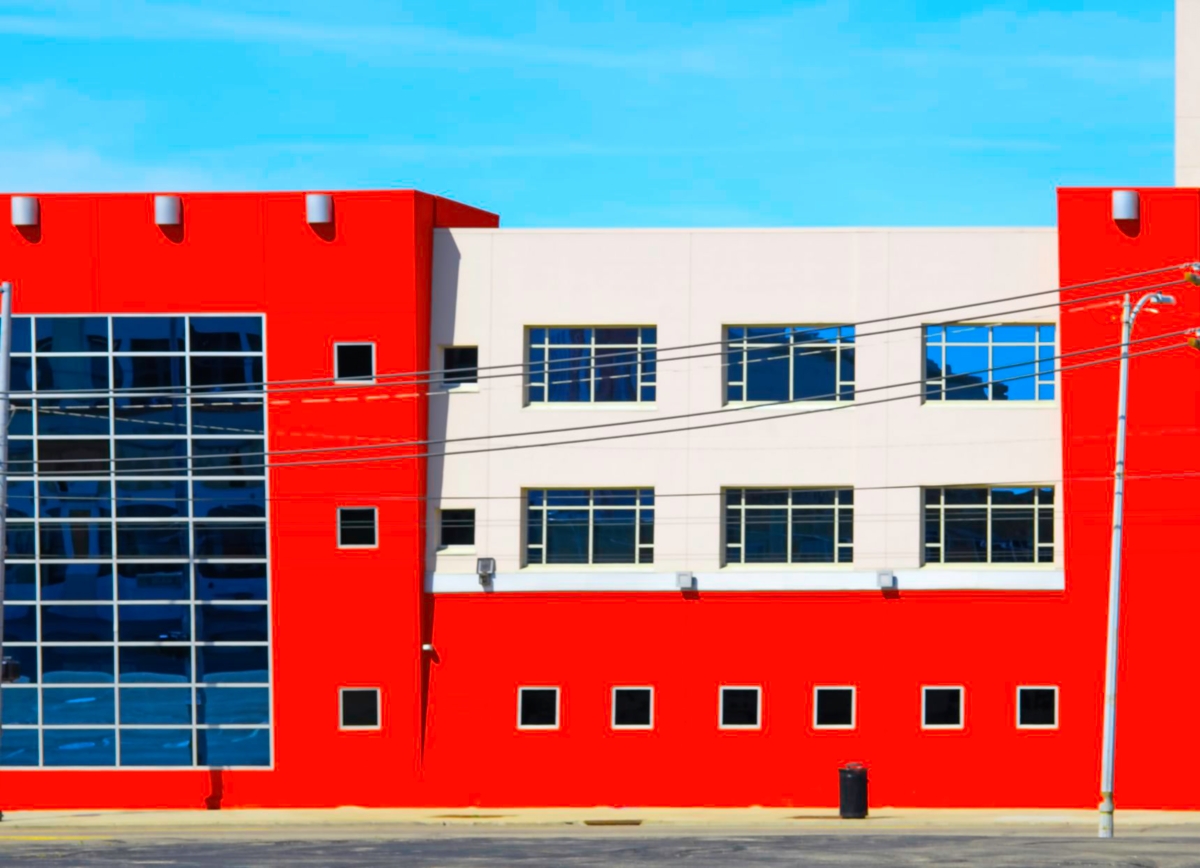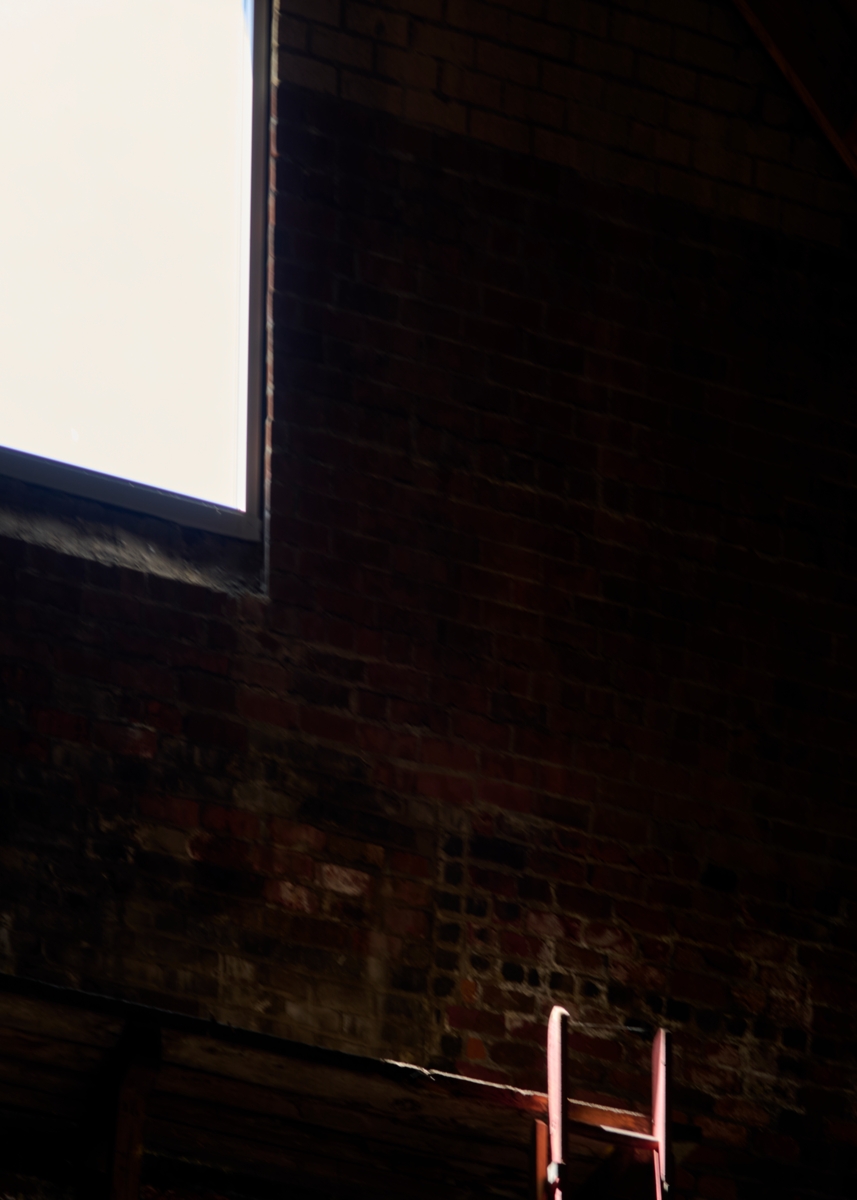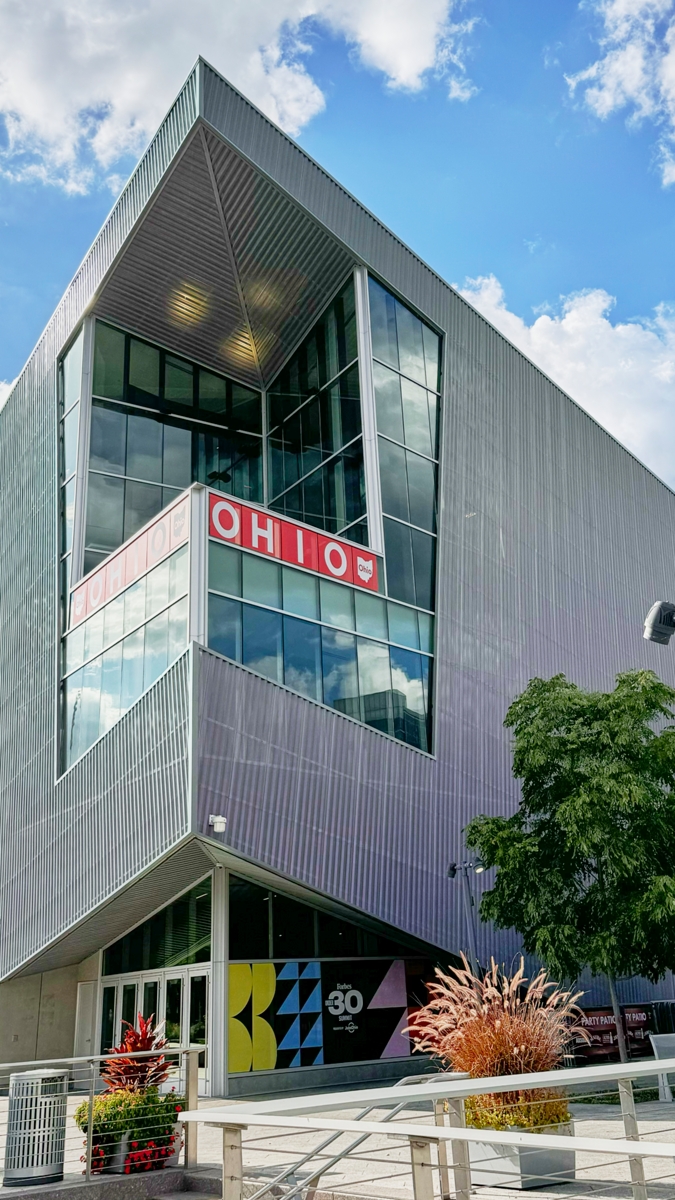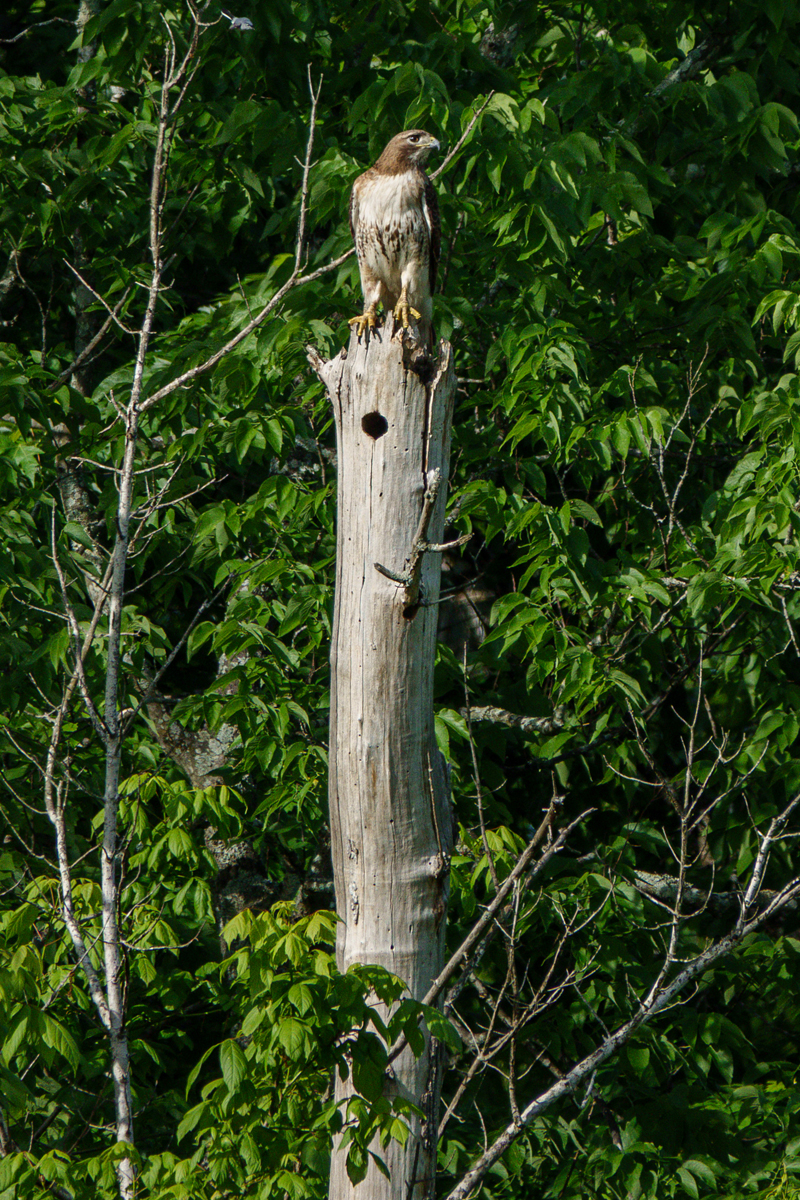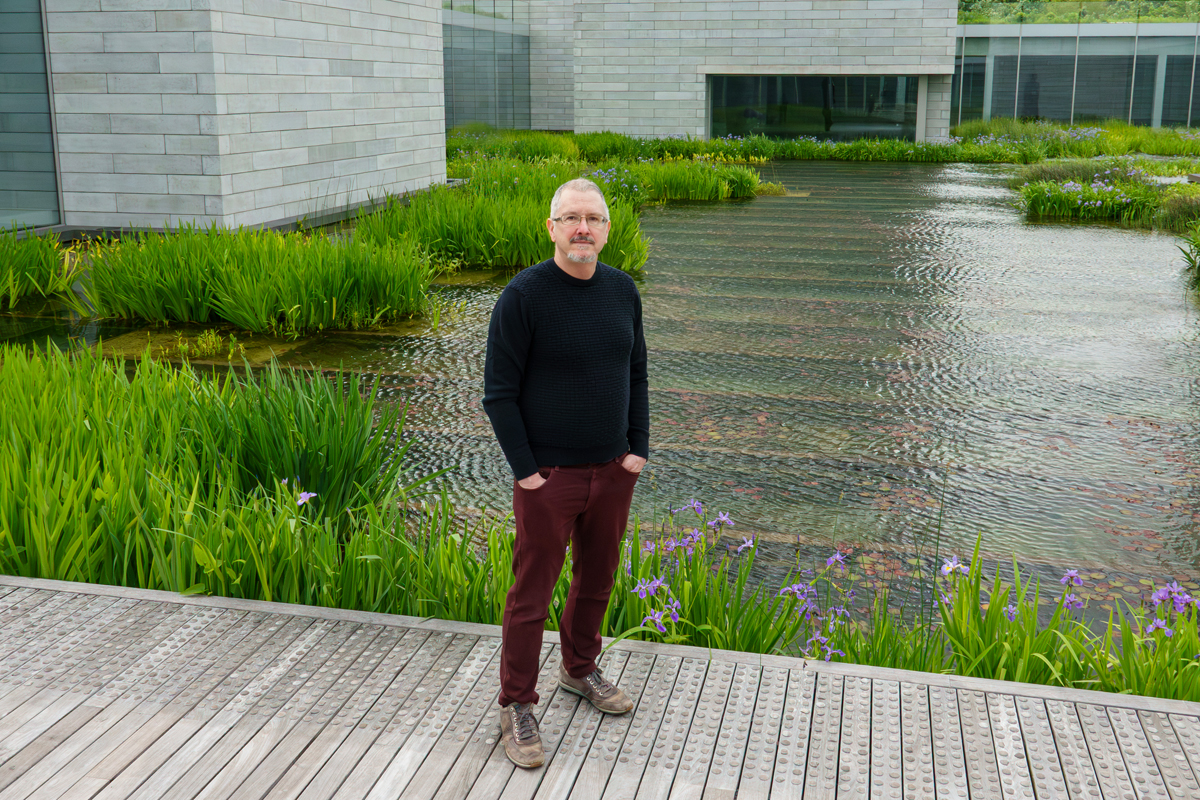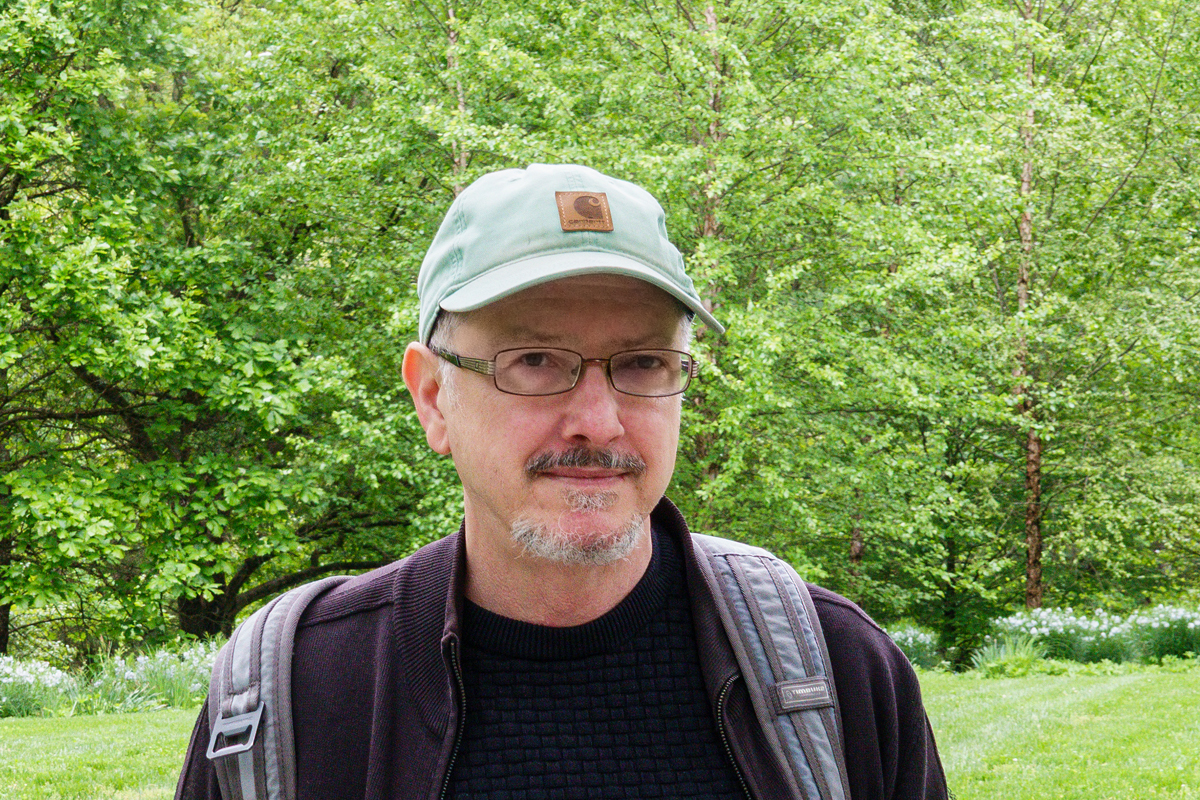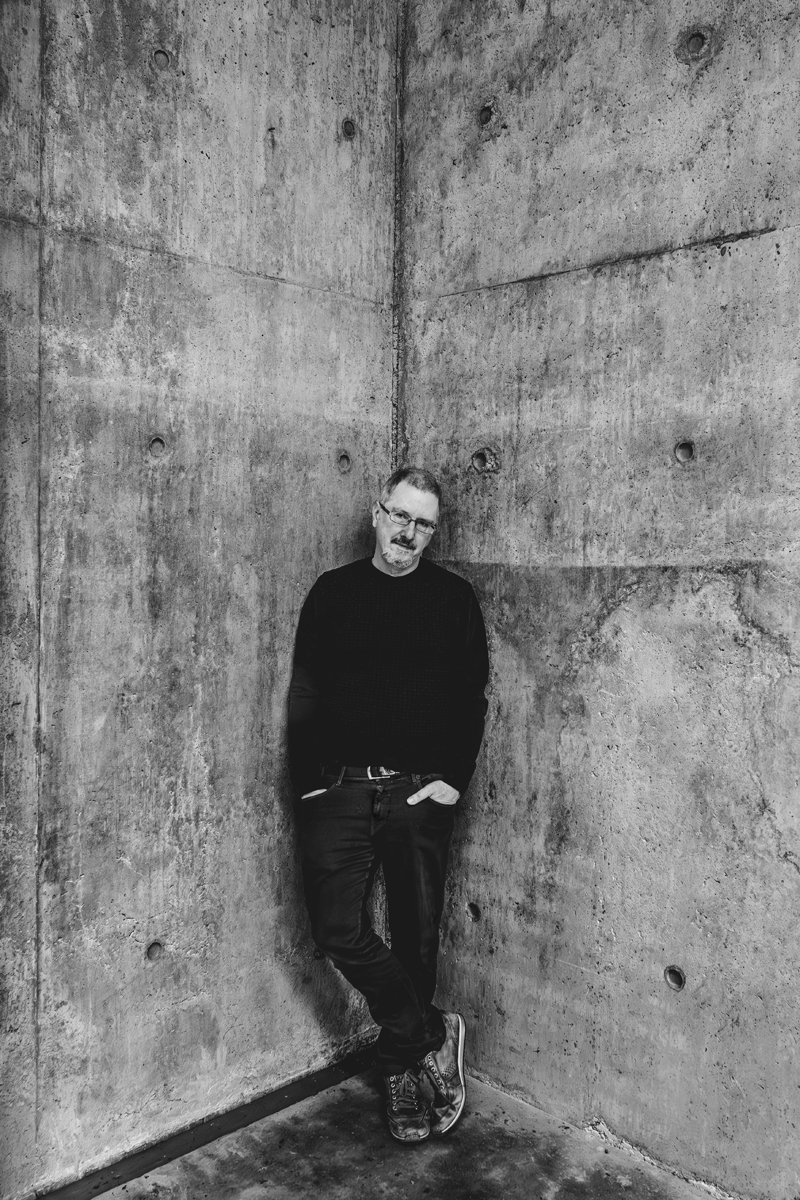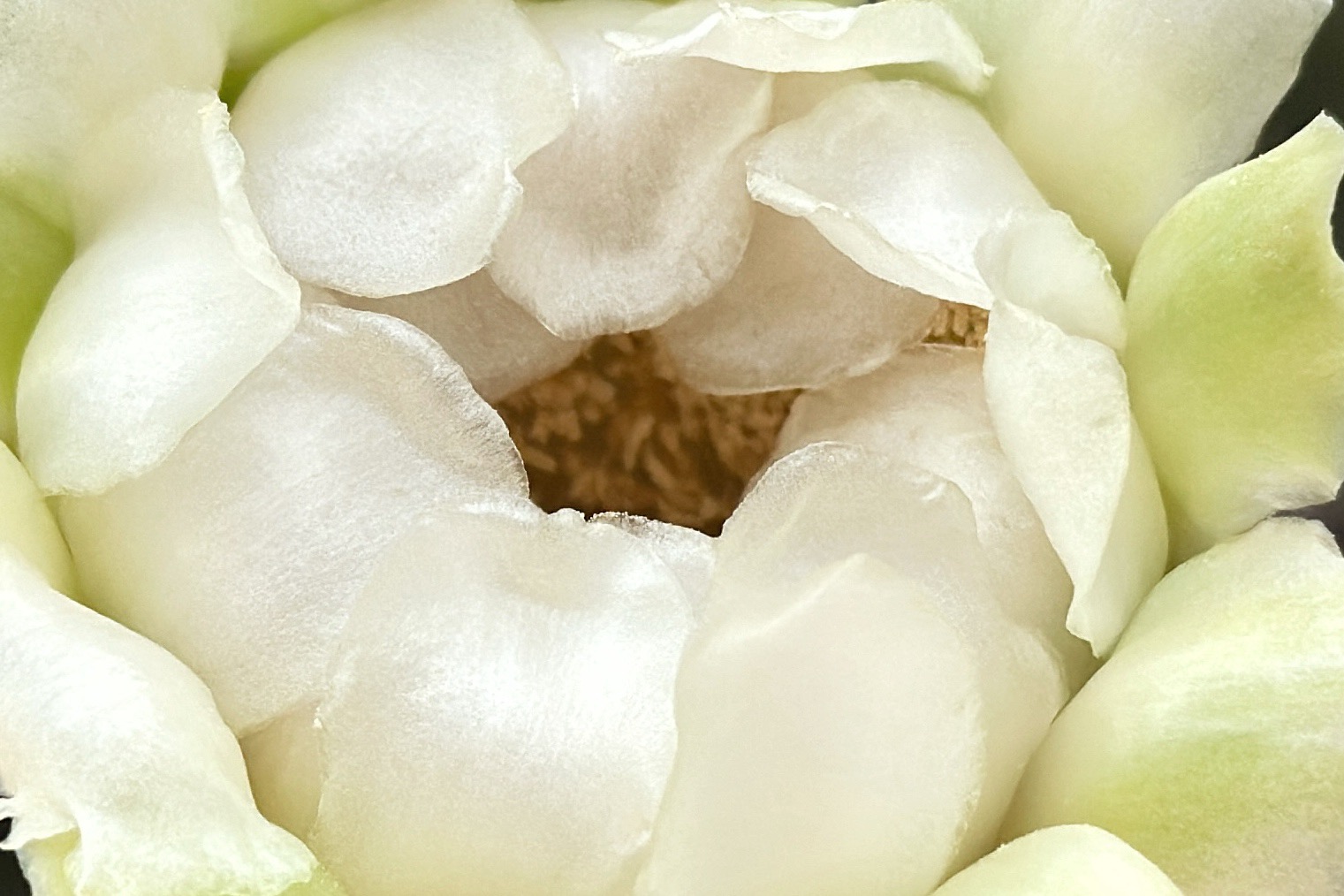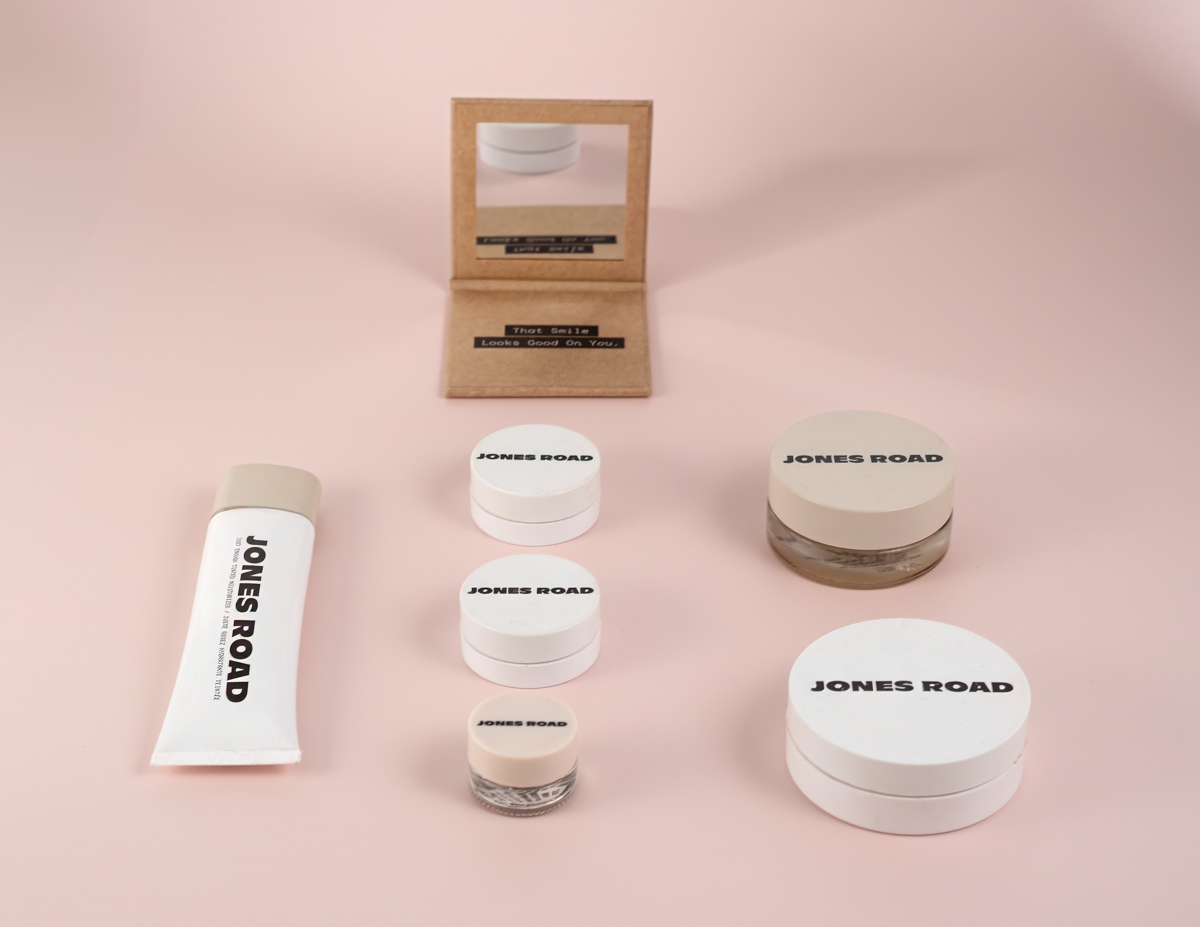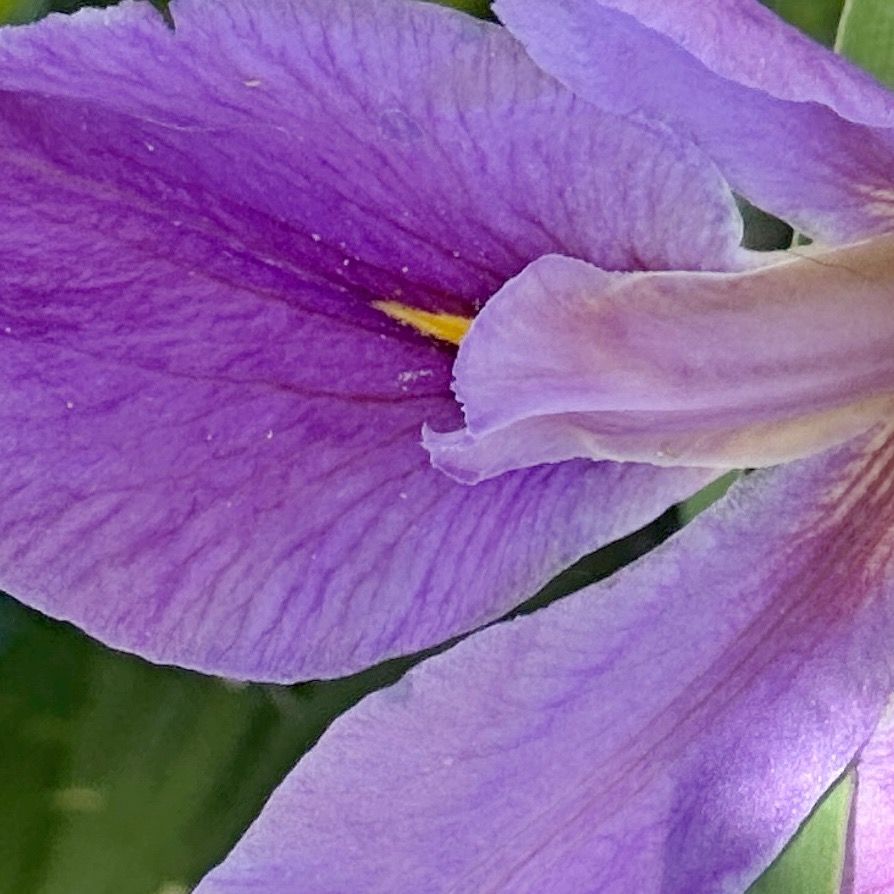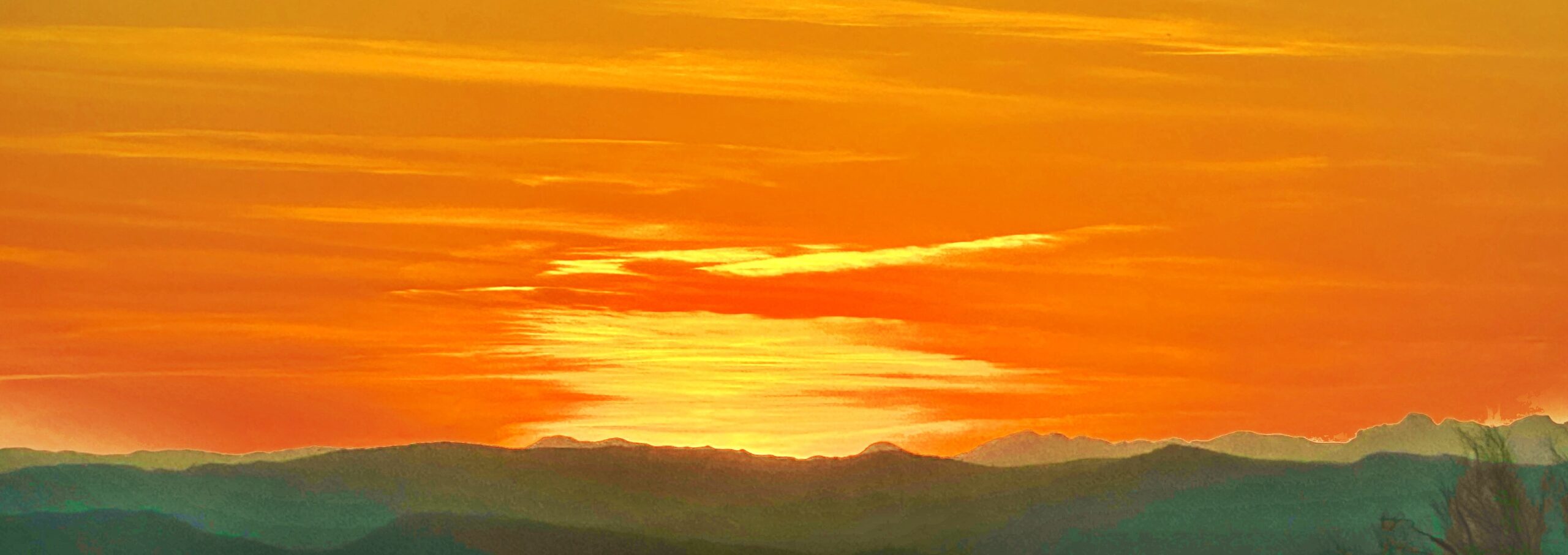DURANGO
CLASS
2025
Authentic Creativity
Let’s Stop Chasing Originality, And Start Creating With Meaning.
Photographers are often haunted by the ghost of percieved originality.
We search for something that’s “never been done” — a location, a composition, a subject, a treatment.
But what if we find that originality, as a goal, is wildly overrated?
What if what actually matters — what has always mattered — is interpretation.
Let me put it simply.
Every story has been told.
Every angle has been shot.
But you haven’t told it.
You haven’t shot it.
And that makes all the difference.
The Subject Plays Its Part, But It’s the Photographer That Makes The Decision
Deciding the framing.
Deciding the timing.
Deciding the POV.
Deciding the angle.
Deciding the moment.
Deciding the exposure.
Deciding the lens, the camera, the format.
And deciding what to do with the capture once we have it in post-processing.
Those are where our uniqueness comes to the fore, and we can embed a bit of ourselves into it.
Think of it like this: two photographers stand in front of the same window, same light, same model.
One creates something forgettable.
The other creates something unforgettable.
Why?
One photographer sees what is in front of them and thinks, “That looks like something I have seen before, so must somehow make it a totally unique way.” And then they try all the mechanical and rote ways of using the camera to make it unique. And it may be, but it also may suck, or be a dull recreation of something they had seen before with a slight alteration. (You could decide to shoot close-up portraits with a fisheye lens, and they will be unique and quite original. But they may also not be a very pleasant experience to view.)
The other photographer sees the same scene and asks themselves why they want to make the photo, what they want to say about what they see in front of them, and how they can relate to the image – responding to what they see with an image that belongs to them… imperfections and all.
Truthfully, there is nothing inherently wrong or ‘bad’ in any way a photographer approaches stuff, but those who simply search for difference or uniqueness may find it without any cohesive style, purpose, or connection.
Photographers who have a why, a reason, and a sense of authentic purpose to their work will find that their style is revealed instead of created. And that is as it should be.
Look, Beethoven didn’t invent notes — he interpreted them.
Für Elise isn’t genius because of the melody.
It’s genius because of how he expressed something that felt deeply personal using a language we all understand.
Photography is no different.
Your camera isn’t a shovel for digging up new stuff for no reason.
It’s a mirror. It reflects your lived experience, your emotional fingerprint. Unique, and one of a kind.
The Weight of Your Eye
When a photograph resonates, it’s occasionally because of novelty.
But more often it’s because of honesty.
Take a look at the creatives who stop us in our tracks.
The film director Quentin Tarantino said films are personal — even when dressed in genres.
I say photographs are personal — even when dressed in commercial clothing.
An image of a simple bowl of soup can feel like heartbreak if the photographer brings heartbreak to it.
(Go ahead… show me a shot of a bowl of soup expressing heartache. I have a few ideas instantly.)
The real work is bringing yourself to the frame.
Your fatigue.
Your joy.
Your fascination with shadow.
Your unresolved questions about beauty, family, or life.
That’s what makes a photograph matter.
Genres Don’t Matter, You Do
Genres, categories, styles — are simply containers. A way of sorting the subject magger.
You bring the contents.
Sergio Leone didn’t invent Westerns.
He reimagined them with dustier pacing, haunted eyes, and moral ambiguity.
Neill Blomkamp didn’t invent sci-fi — he filtered it through apartheid and made it sting.
Still photographers can do the same.
Product photographers can bring empathy and humanism into sterile scenes.
Portrait shooters who see loneliness in confidence.
Food photographers can use nostalgia and memories as a garnish.
That’s the work that gets remembered.
What This Means
So stop chasing the ghost of originality.
Start pursuing resonance.
Start with what you’ve lived.
Start with what you feel.
Start with what makes you uncomfortable.
The best work you’ll ever make won’t come from what’s new.
It’ll come from what’s true.
A Few Ideas:
-
Photograph an object from your childhood — but light it the way you feel about it now.
-
Choose a genre you “don’t shoot” — and bring your personal story into it.
-
Recreate a famous image, but with your own emotional twist.
Ask: What would I have done differently?
Then execute.
And don’t forget that bowl of heartbreaking soup.
1. One Object, Five Stories
Timeframe: 90 minutes
Pick a single, everyday object — a coffee mug, a glove, a torn book. Photograph it five different ways, each one evoking a different mood: loneliness, power, nostalgia, joy, mystery.
Why it works: Forces emotional storytelling from something mundane. Builds visual literacy around tone and meaning.
2. Shoot Like Someone Else
Timeframe: 60–90 minutes
Choose a photographer whose work is completely unlike yours — then mimic their style. Use a similar subject, color palette, composition, or lighting setup.
Why it works: Gets you out of your habits. Teaches you how they see… which sharpens how you see.
3. The Soundtrack Session
Timeframe: 60 minutes
Pick a piece of music — something with emotion and narrative. Listen on repeat while creating a photo series inspired solely by the track.
Why it works: Music bypasses logic and hits emotion fast. You’ll create from feeling, not formula.
4. Micro-Environment Study
Timeframe: 90 minutes
Choose a 10-square-foot area (your kitchen counter, your desk, the inside of your glovebox) and document it like it’s a foreign world. Think macro, think abstract, think light and shadow.
Why it works: Shrinks the world to spark focus. Helps you see textures, form, and subtlety in overlooked places.
5. Story in Three Frames
Timeframe: 60–90 minutes
Shoot a three-image narrative. It must have a beginning, middle, and end — but no people.
Why it works: Hones storytelling. Teaches how to distill an arc into minimal visual language.
6. Light Is the Subject
Timeframe: 60 minutes
Forget subjects. Just photograph light. Reflections, spills, slashes on walls, edges of shadows.
Why it works: Light is what makes photographs. This brings your attention fully to its behavior and beauty.
- Red-tailed Hawk at Goose Creek, Leesburg Virginia
- Cort Day Portrait
- Cort Day Portrait
- Cort Day Portrait


